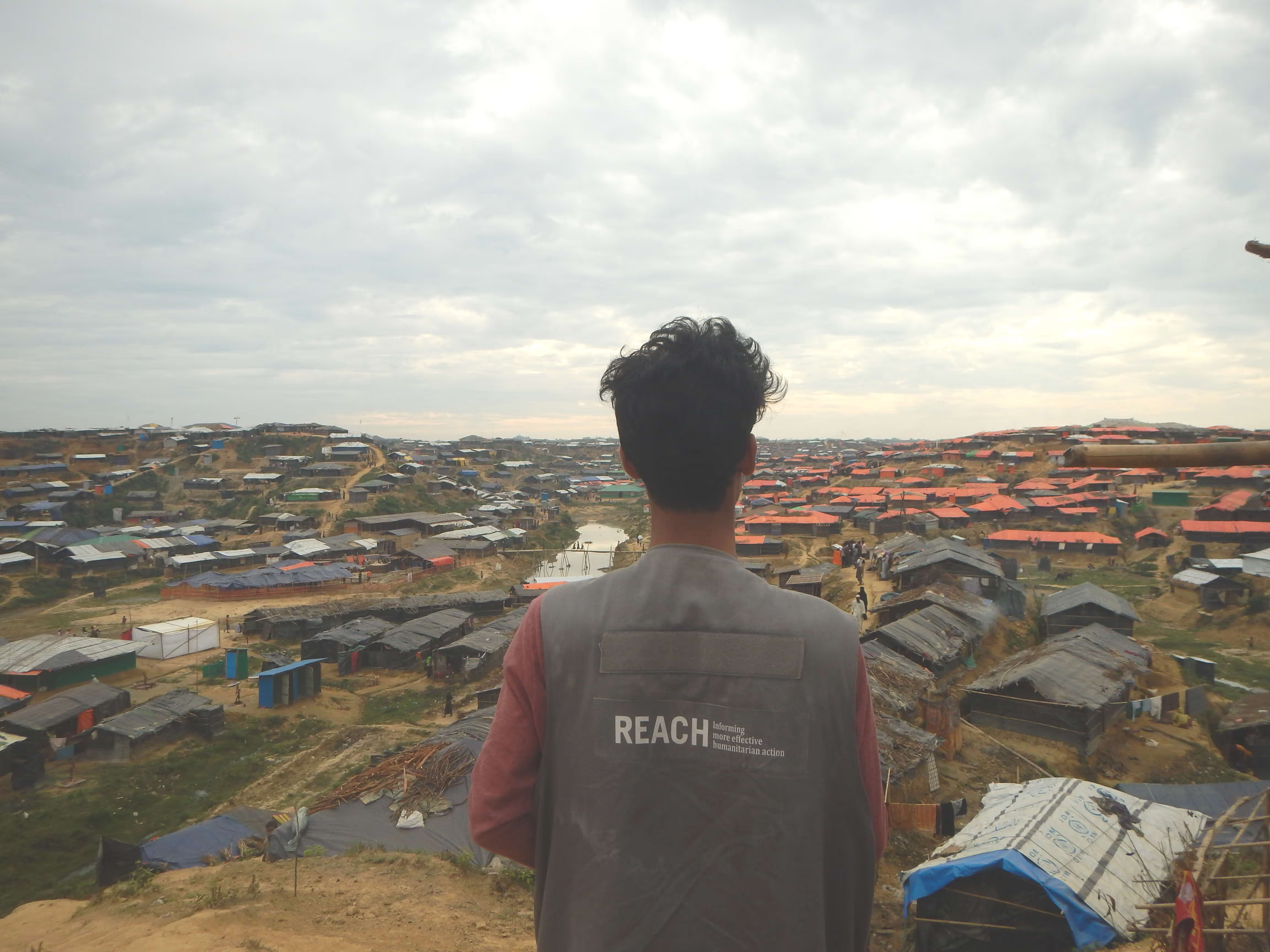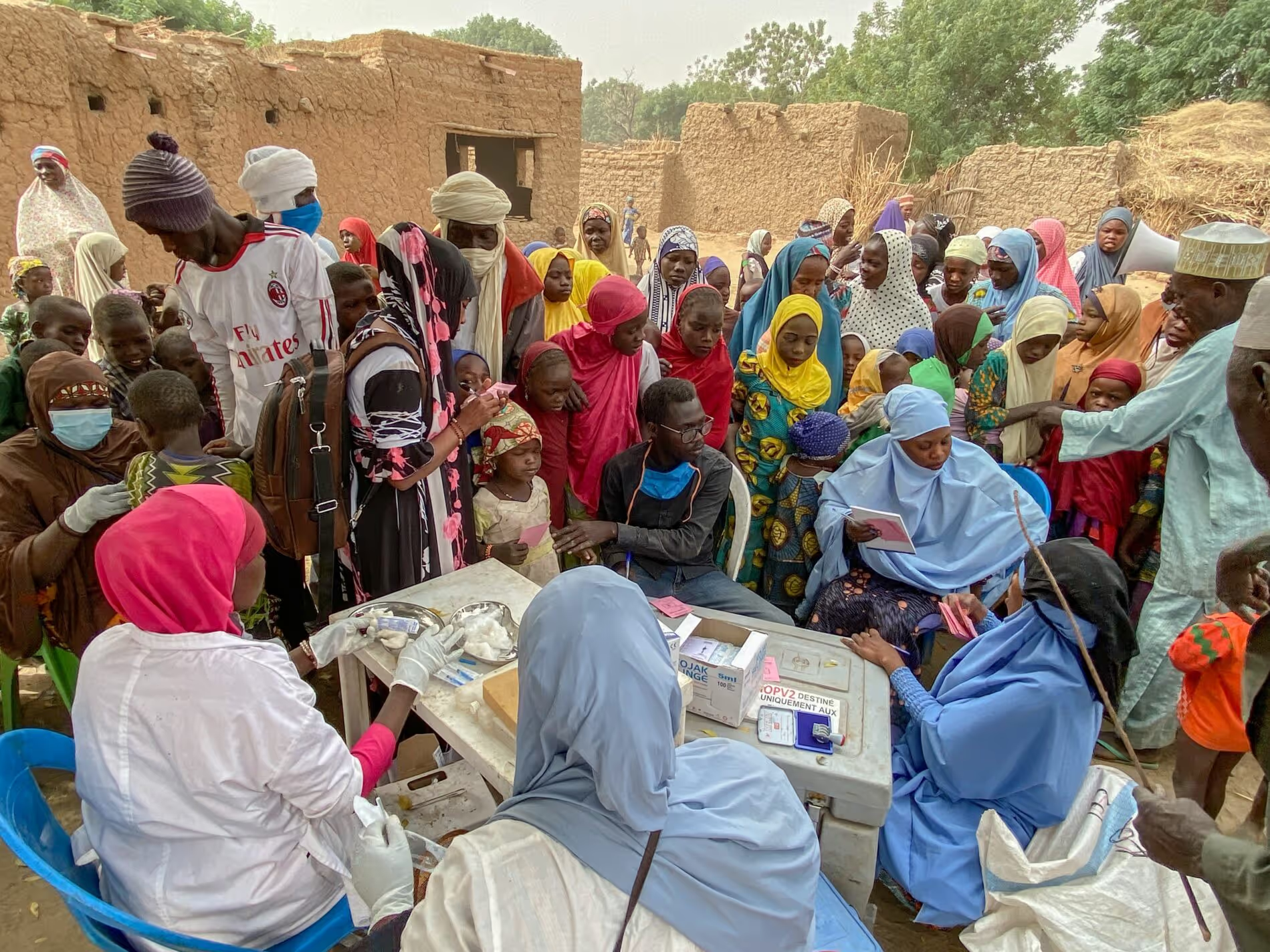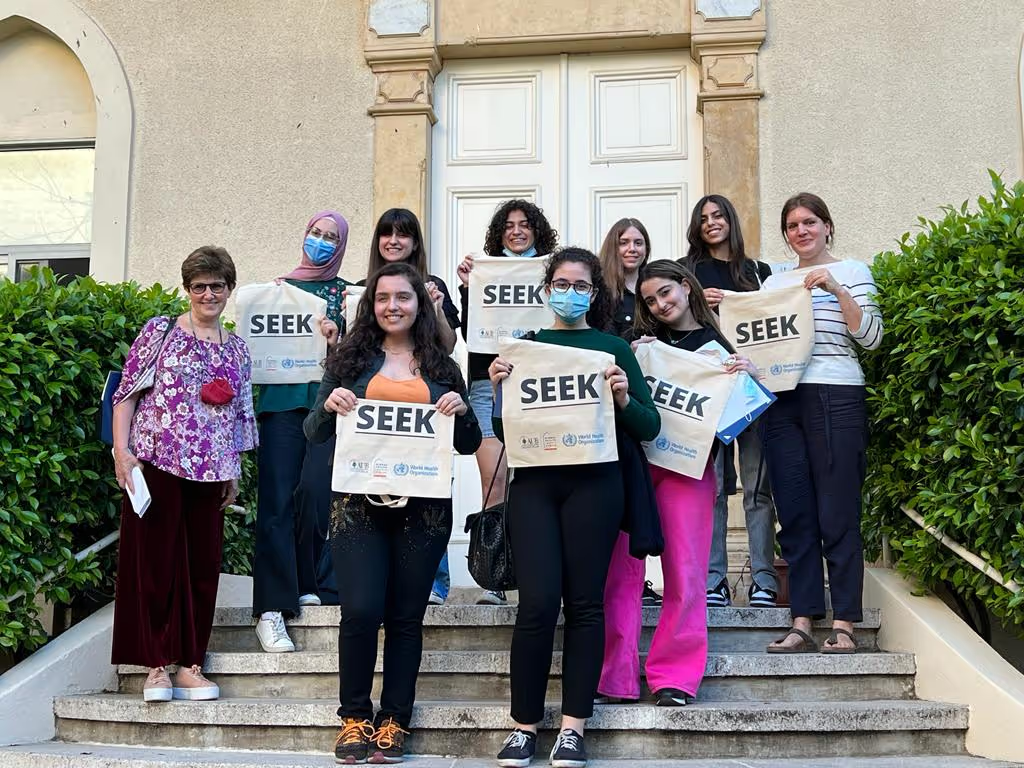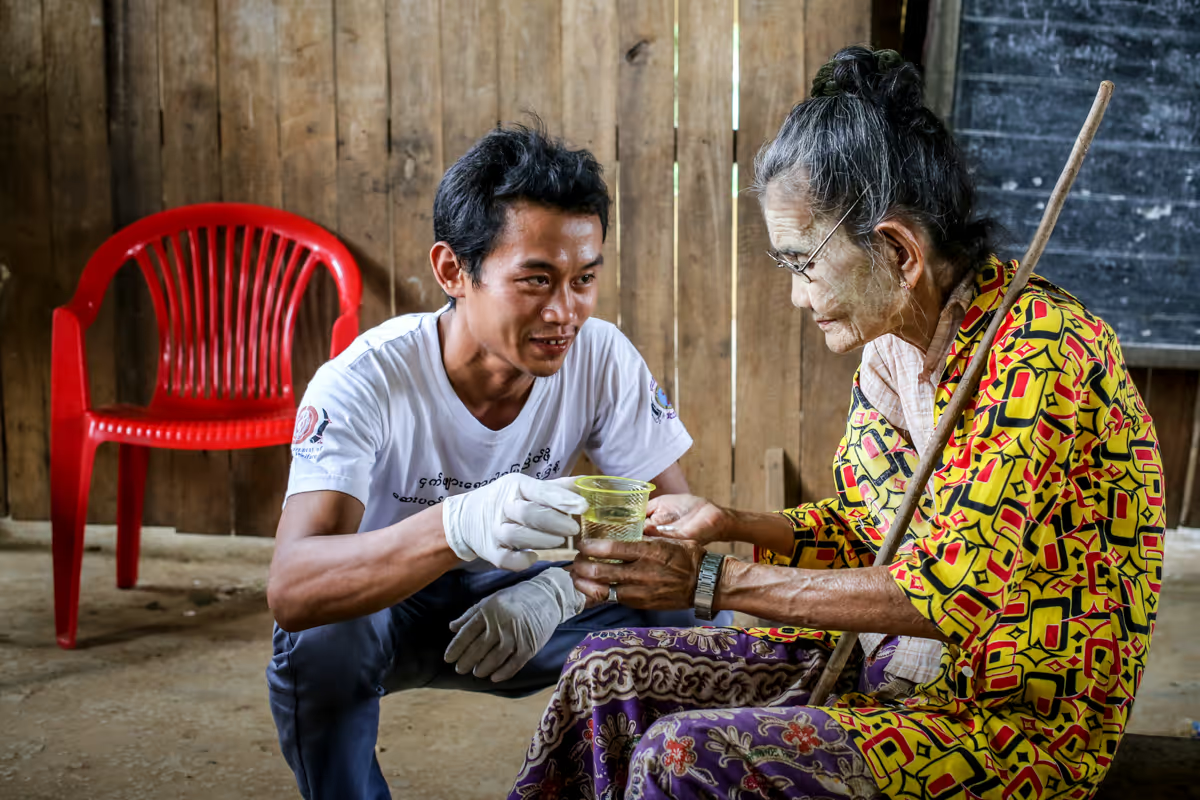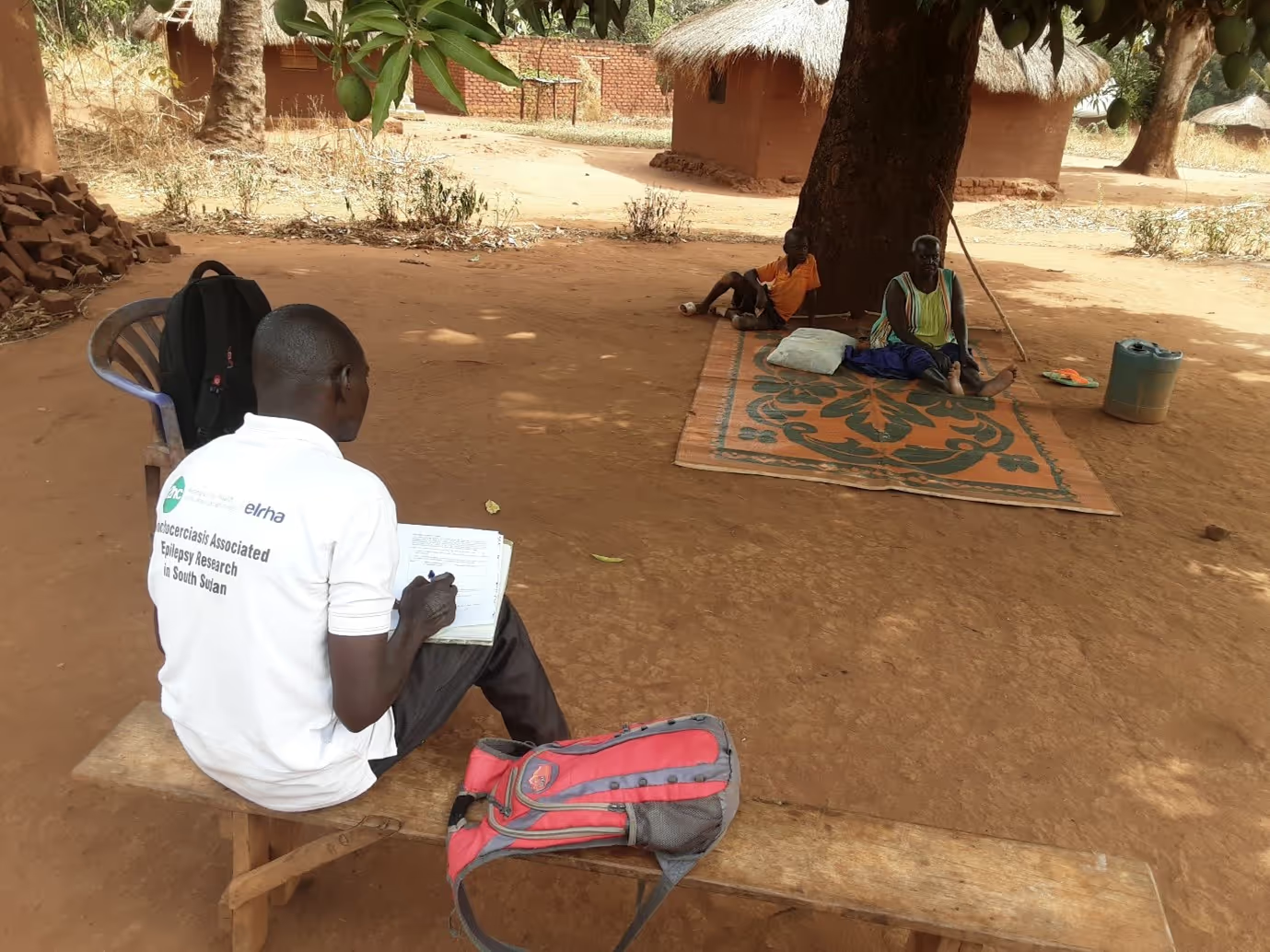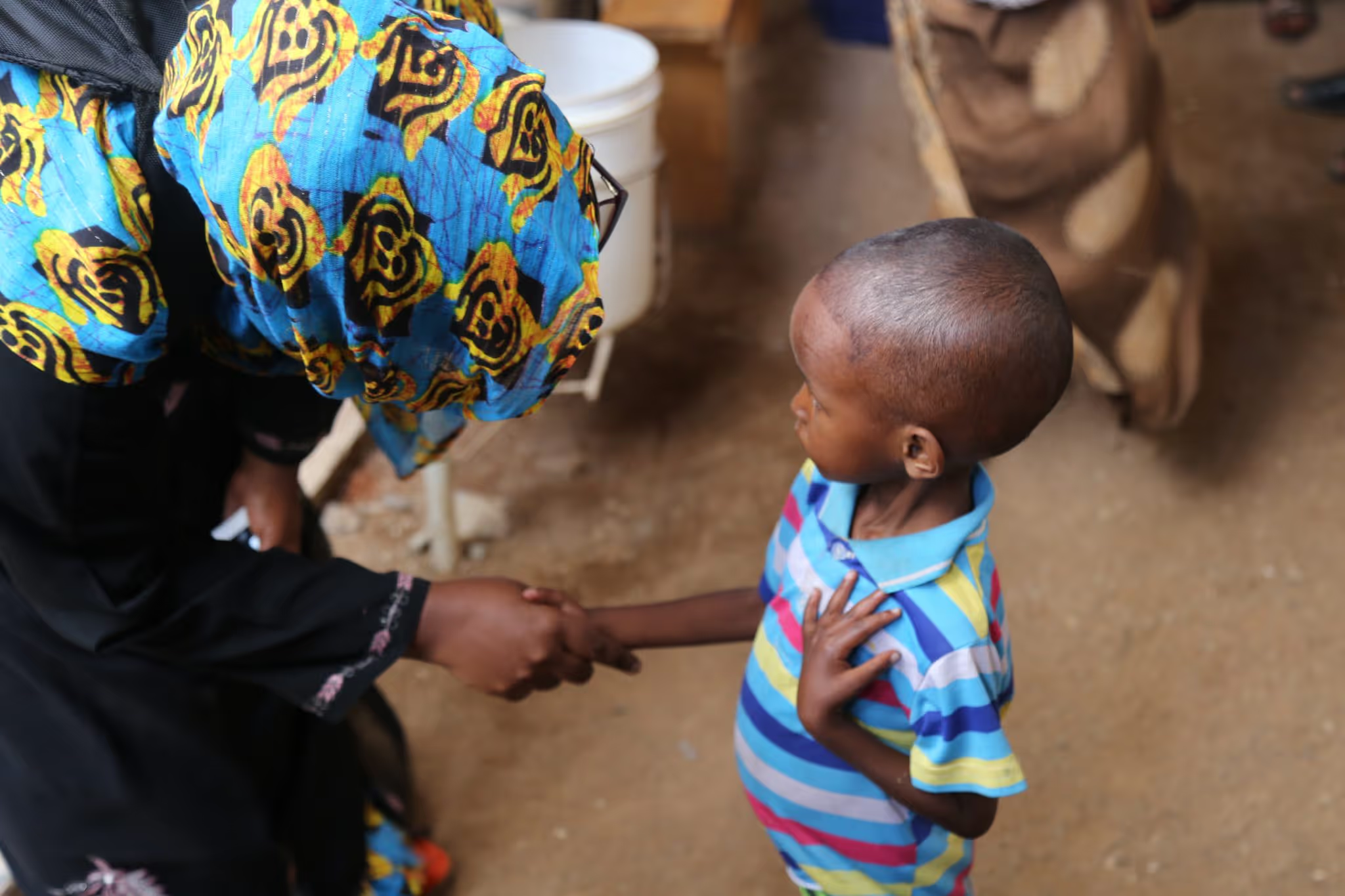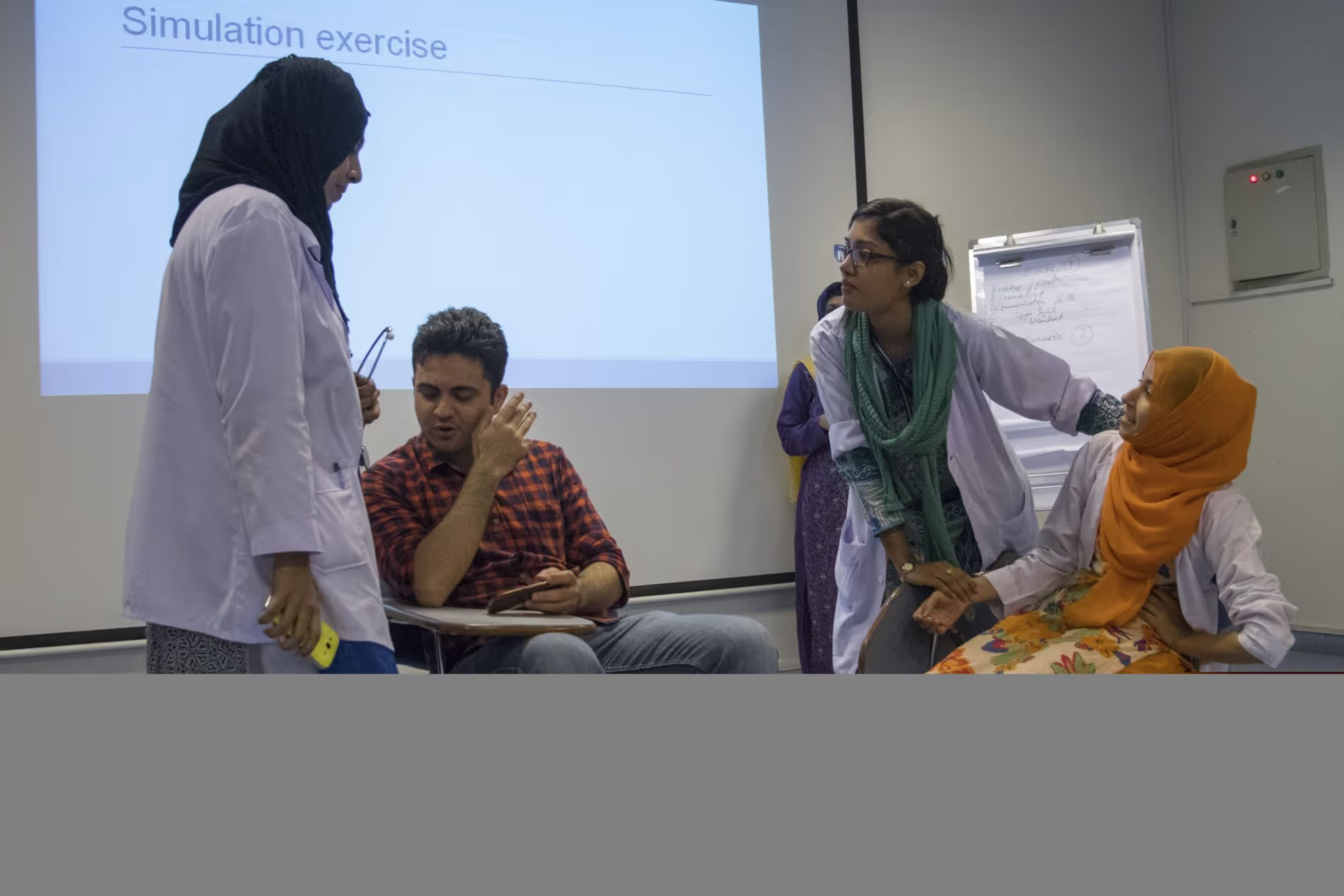Evaluating the impact of COVID-19 on multi-sectoral humanitarian needs
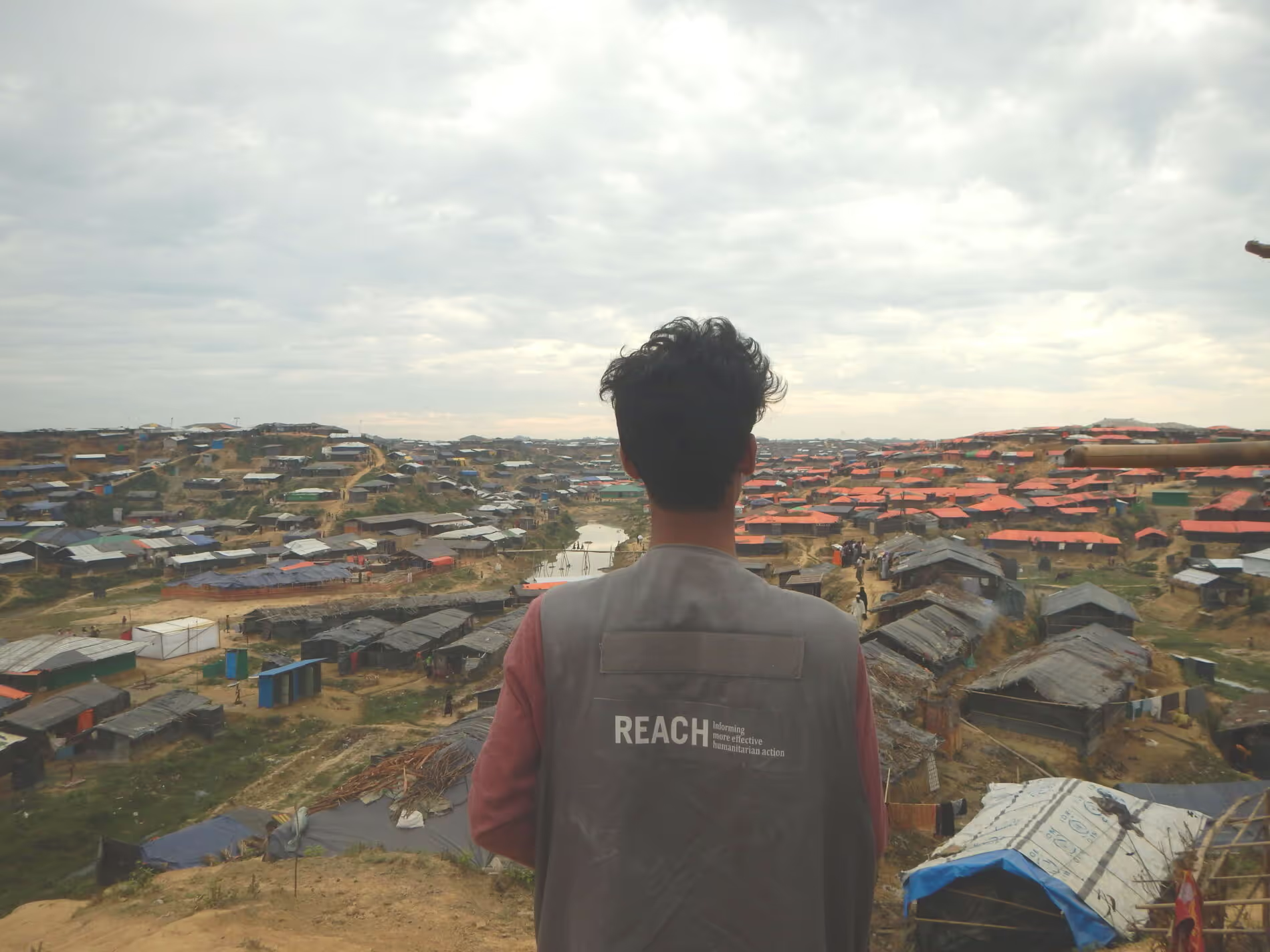
Project overview
This study explored the impact of COVID-19 on the severity and magnitude of humanitarian need across three humanitarian responses.
Countries
Afghanistan
Ukraine
Bangladesh
Organisations
IMPACT Initiatives (IMPACT) on behalf of the REACH Initiative
Partners
The University of Manchester, Johns Hopkins Bloomberg School of Public Health
Area of funding
Humanitarian Research
Grant amount
£259,801
Start date
01
June
2020
End date
01
November
2021
Project length (in months)
17
Funding calls
Focus areas
No items found.
Topics
COVID-19
Status
Closed
Project solution
This project offers [specific solution or intervention] to tackle [challenge]. By implementing [strategies, tools, or innovations], the project aims to achieve [desired outcomes]. The approach is designed to [specific actions or methods] to bring about meaningful change in [community, region, or issue area].
Expected outcomes
This project aims to achieve [specific outcomes], such as [measurable results, improvements, or changes]. The expected impact includes [benefits to the target community, advancements in research or innovation, or long-term effects]. By the end of the project, we anticipate [specific changes or milestones] that will contribute to [broader goals or objectives].
Principal Investigators: Roxana Mullafiroze (IMPACT) & Jiho Cha (University of Manchester)
Research Snapshot: The impacts of COVID-19 on humanitarian needs
This study took a multi-sectoral lens to explore humanitarian needs across multiple countries. It generated understanding on how the severity of needs has evolved, and how preventive measures were adopted by communities affected by humanitarian crisis, as well as generating insights on how the pandemic affected vulnerable groups.
[.cta_link]View Snapshot[.cta_link]
What did this study set out to achieve?
The COVID-19 pandemic was expected to have a uniquely damaging impact on populations affected by humanitarian crises, exacerbating pre-existing vulnerabilities and multi-sectoral needs in places where health infrastructure and public services are stretched beyond capacity, and social distancing measures are nearly impossible.
Employing a multi-stage sequential analysis, using the crisis-wide Multi-Sector Needs Assessment (MSNA) to conduct primary research, this study set out to inform prioritisation efforts in three humanitarian responses. It aimed to focus on target population groups and geographical sub-areas where the COVID-19 pandemic had most impacted the direct and indirect health needs of people affected by crisis.
2019 MSNA data was used to produce a baseline understanding of vulnerability and resilience among target populations. The 2020 MSNA exercise was then used to evaluate the longitudinal, multi-sectoral impact of COVID-19 and the unintended consequences of public health measures, including lockdowns and social distancing.
The team aimed for these datasets to inform a COVID-19 risk prediction model in humanitarian settings. Analysis of the MSNA data can inform the development of Humanitarian Needs Overviews, People in Need calculations, and Humanitarian Response Plans, with the aim of supporting data-driven aid prioritisation in crises that have been exacerbated by the COVID-19 pandemic.
What were the key findings?
- Both displaced and non-displaced populations were at risk of exclusion from healthcare services and face barriers to access. Distance to healthcare facilities limits access in already fragile systems.
- Households with elderly or disabled members are vulnerable and at risk of exclusion from essential services. Households with lower levels of income, higher expenditure on basic needs, or higher levels of debt, are at a heightened risk of exclusion.
- Washing hands regularly, was the commonly adopted preventive measure across countries. Higher income households were more likely to adopt preventive measures.
- Policies restricting movement have indirect effects on income-generation, exacerbating pre-existing vulnerabilities, notably in the sectors of health, food security, and livelihoods.
- Information on humanitarian assistance and its communication both increases and decreases the adoption of different preventive measures.
What does this mean for policymakers and practitioners?
Policy implementation by governments and the humanitarian response need to be better coordinated, to mitigate the secondary indirect impacts of the most restrictive COVID-19 prevention policies and measures.
Strategic and operational policy makers should develop humanitarian response priorities by considering the specific needs and characteristics of population groups. The interactive effects between gender, displacement status, household demographics and socioeconomic variables should be taken into account.
Reducing distance-related barriers, increasing transportation services, and enabling access is key to reducing vulnerabilities, inequality, and building resilience.
Information and awareness raising should be tailored to increase the adoption of COVID-19 preventive measures, and closely consider the needs and practices of households reliant on humanitarian aid distribution.
No items found.
Project delivery & updates
Stay up to date with the latest developments from this project. Here, you will find details on what has been delivered, resources created, and regular updates as the project progresses. Access key documents, reports, and other materials to see how the project is making an impact.
No resources/updates have been published yet for this project. Sign up for our newsletter to stay informed about upcoming publications and updates!
Join our Newsletter
Resources
No items found.
Latest updates
No items found.

